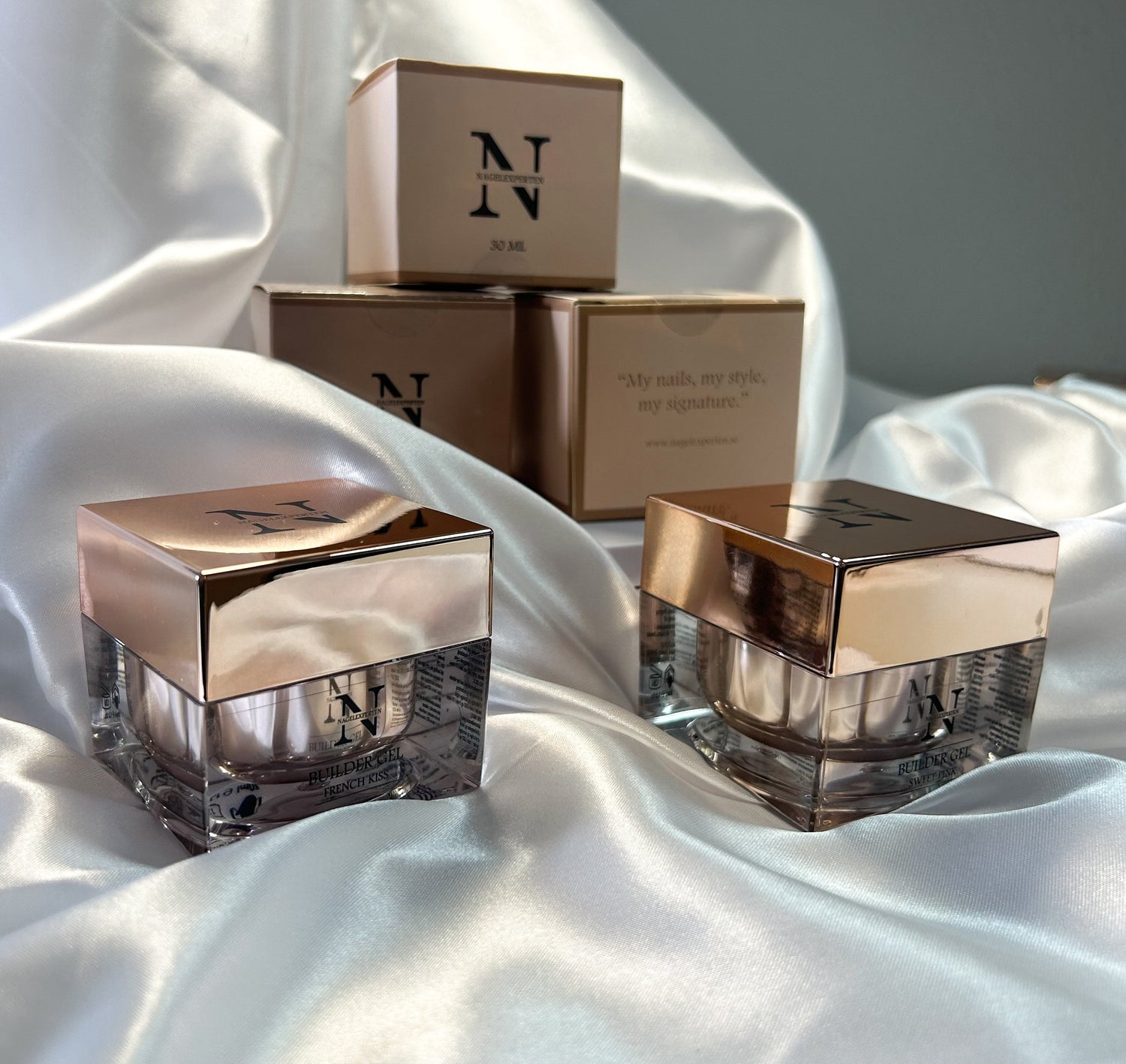Hyponychium – Unohdettu avain vahvoihin ja terveisiin kynsiin
Hyponychium – Näkymätön kilpi terveille ja vahvoille kynsille
Kynsiteknikkona keskityt kauniiden ja kestävien kynsien luomiseen, mutta kuinka paljon huomiota kynnen ulkonäköön oikeasti kiinnitetään? Tällä usein unohdetulla kynnen osalla on ratkaiseva rooli sekä ulkonäössä että terveydessä. Ymmärtämällä sen toiminnan ja merkityksen voit viedä kynsienhoitosi uudelle tasolle ja auttaa asiakkaitasi ylläpitämään vahvat ja terveet kynnet.
Mikä on hyponykium ja miksi se on tärkeä?
Kynnen vapaan reunan alapuolella sijaitseva ohut ihokerros toimii luonnollisena suojana kynnelle bakteereilta, lialta ja muilta haitallisilta aineilta. Vaikka se on pieni osa kynnen rakennetta, sillä on suuri vaikutus kynnen terveyteen ja kestävyyteen.
Jos kynnen kynsilevy (hyponychium) vaurioituu tai heikkenee, se voi johtaa infektioihin, ärsytykseen ja pahimmassa tapauksessa kynnen irtoamiseen (onykolyysi). Siksi on tärkeää, että sekä kynsiterapeutit että asiakkaat ymmärtävät, miten tätä herkkää mutta tärkeää kynnen osaa hoidetaan.
Hyponychium-ongelmien merkkejä
Kynsiluun vaurioiden tai epätasapainon varhaisten varoitusmerkkien tunnistaminen voi estää vakavia kynsi-ongelmia. Tarkkaile seuraavia:
-
Värin muuttuminen tai paksuuntuminen: Jos kynnen alla oleva iho muuttuu kellertäväksi, punaiseksi tai normaalia paksummaksi, se voi viitata infektioon tai sieneen.
-
Kipu tai herkkyys: Epämukavuus kosketettaessa tai vapaata reunaa viilatessa voi olla merkki siitä, että suojakalvo on vaurioitunut.
-
Kynnen irtoaminen (onykolyysi): Jos kynsi alkaa irrota kynsisängystä, se on merkki siitä, että hyponykium ei enää tarjoa riittävää tukea ja suojaa.
Kuinka suojata hyponychiumia – parhaat kynsienhoitovinkit
Terveen hyponykiumin ylläpitämiseksi on tärkeää välttää liiallista stressiä ja tarjota asianmukaista hoitoa. Tässä on joitakin tärkeitä vaiheita, joita voit tehdä:
-
Ole varovainen viilatessasi: Vältä liian aggressiivista viilausta lähellä vapaata reunaa, sillä se voi vahingoittaa hyponykiumia ja tehdä kynnestä haavoittuvaisemman.
-
Pidä alue puhtaana mutta hellävaraisena: Puhdista kynnet säännöllisesti, mutta vältä kaivamista tai tökkimistä vapaan reunan alle.
-
Käytä kynsiöljyä päivittäin: Levitä ravitsevaa kynsiöljyä kynsien vapaata reunaa pitkin kosteuttaaksesi ja ravitseaksesi kynsivartta ennen kuin levität öljyä lateraalisille kynsipoimuille ja proksimaaliselle kynsipoimulle.
-
Tarkkaile infektion merkkejä: Jos huomaat värimuutoksia, turvotusta tai tunnet epämukavuutta, sinun on ryhdyttävä välittömästi toimiin lisävaurioiden estämiseksi.
-
Neuvo asiakkaille hyviä kynsienhoitotapoja: Opeta asiakkaillesi välttämään kynsien näpräämistä tai ihon leikkaamista liikaa kynnen alta, sillä se voi häiritä kynnenpohjan suojaavaa toimintaa.
Johtopäätös: Hyponychium on avainasemassa kynsien terveydessä
Kauniiden kynsien säilyttäminen ei ole vain estetiikkaa – kyse on myös vahvan ja terveen kynsirakenteen ylläpitämisestä. Hyponykium, vaikka se usein unohdetaankin, on tärkeä osa tätä. Antamalla tälle suojakerrokselle ansaitsemaansa huomiota voit auttaa asiakkaitasi saavuttamaan paitsi kauniit kynnet, myös kestävät ja terveet kynnet sisältäpäin.
Kun seuraavan kerran hoidat kynsiäsi, anna kynsilakalle sen ansaitsema kunnioitus. Hiljainen suojelija tekee suuren eron!

